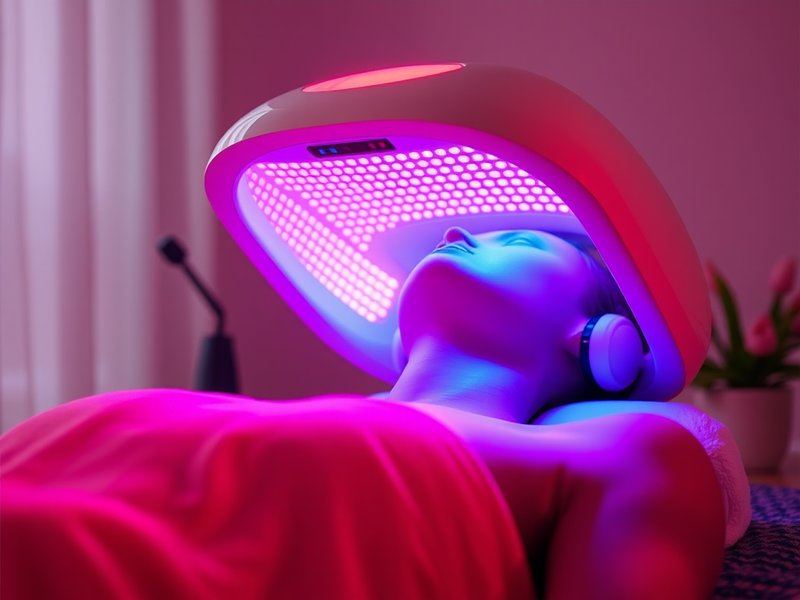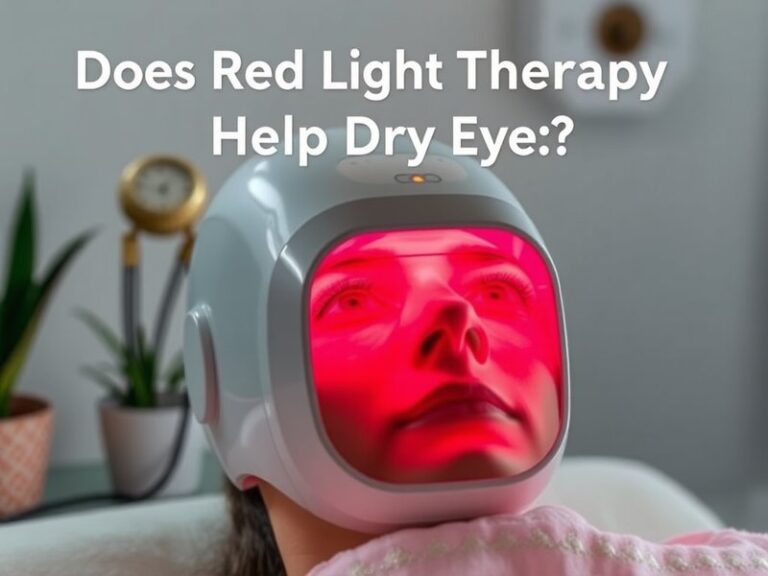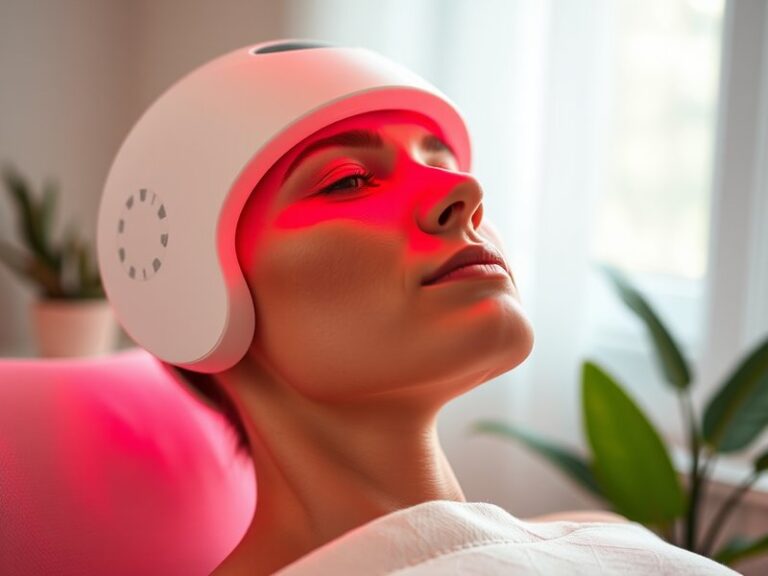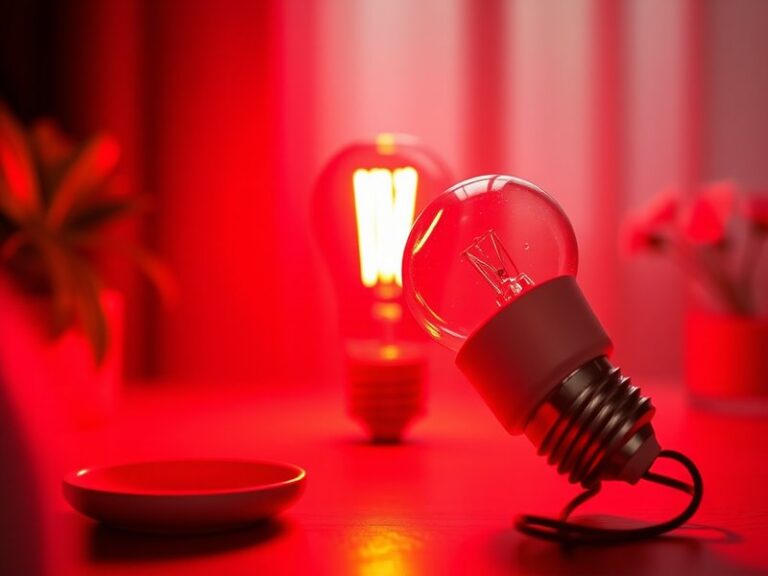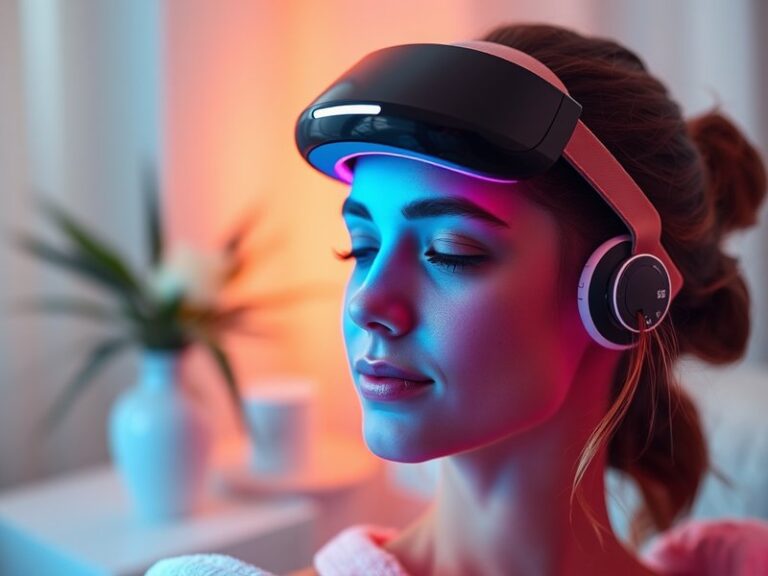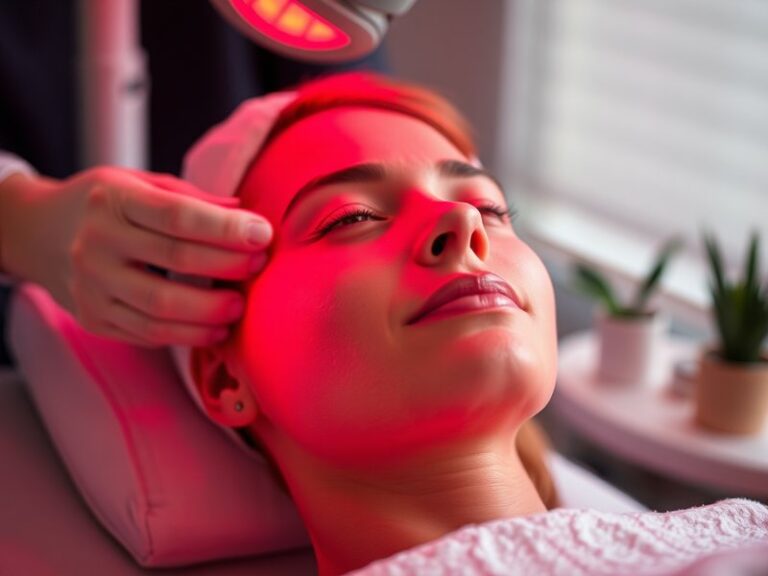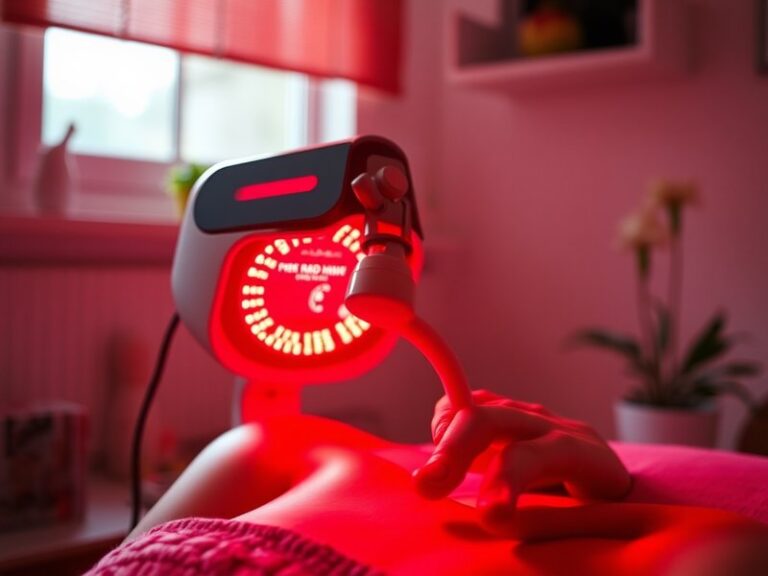Does Red Light Therapy Have Any Side Effects?
Does Red Light Therapy Have Any Side Effects?
Are you curious about the potential side effects of red light therapy? This increasingly popular treatment has garnered attention for its numerous health benefits, but like any therapeutic method, it’s essential to consider possible adverse effects.
In this article, we will explore what red light therapy is, its benefits, and the potential side effects. We will also discuss considerations before using this treatment, alternatives to consider, and frequently asked questions to help you make informed decisions about incorporating red light therapy into your routine.
Key Takeaways
- Red light therapy is commonly used for pain management, skin treatment, and enhancing recovery.
- While generally considered safe, red light therapy may cause some side effects, such as skin irritation or headache.
- It’s important to consult with a healthcare provider before starting red light therapy, especially if you have underlying health conditions.
What is Red Light Therapy?
Red light therapy (RLT) involves the use of low-level wavelengths of red light to treat a variety of medical and cosmetic concerns. It is a non-invasive treatment that has gained popularity in recent years for its potential to promote healing and rejuvenation.
The therapy works by using light-emitting diodes (LEDs) that penetrate the skin to stimulate cellular processes. These wavelengths, typically ranging from 600 to 900 nanometers, are believed to enhance collagen production, reduce inflammation, and improve circulation. Often employed in beauty treatments, sports recovery, and pain relief, red light therapy is a versatile option in both home devices and professional settings.
What are the Benefits of Red Light Therapy?
Red light therapy boasts various benefits that make it appealing to users. This section will delve into some of the most significant advantages of the therapy.
For the full story, read Can I Use Red Light Therapy with a Pacemaker?
Pain Relief
Numerous studies indicate that red light therapy can effectively reduce pain associated with conditions such as arthritis, joint pain, and muscle soreness. The anti-inflammatory effects may also aid in quicker recovery from injuries.
Skin Health Improvement
RLT is widely recognized for its cosmetic benefits, such as reducing wrinkles, improving skin tone, and promoting wound healing. Many skin care professionals recommend it for acne treatment, scar reduction, and collagen stimulation.
Enhanced Hair Growth
Research has shown that red light therapy may promote hair growth in individuals suffering from androgenetic alopecia (male or female pattern baldness). This non-invasive method stimulates hair follicles and increases blood flow to the scalp.
Improved Mood and Sleep Quality
Some studies suggest that red light exposure may positively affect circadian rhythms, leading to improved sleep quality and mood. This effect may be linked to the optimization of melatonin production in the body.
Is it Possible to Experience Side Effects from Red Light Therapy?
While red light therapy is mostly considered safe, it’s crucial to acknowledge that some individuals may experience side effects. Understanding these potential side effects is critical when deciding to undergo this treatment.
What are the Advantages of Being Aware of Side Effects?
Recognizing possible side effects helps users manage their expectations and avoid adverse reactions. Knowledge of these risks empowers individuals to make informed decisions regarding their health and seek medical advice when necessary.
What are the Disadvantages of Ignoring Side Effects?
Overlooking potential side effects can lead to unnecessary discomfort and setbacks in treatment. It may also result in users discontinuing therapy prematurely or attempting self-diagnosis without professional guidance.
What are the Things to Consider Before Starting Red Light Therapy?
Before embarking on red light therapy, it’s essential to consider several factors to maximize its effectiveness and safety.
Consulting a Healthcare Provider
Always consult with a healthcare professional before beginning red light therapy, especially if you have existing health conditions or are taking medications. They can guide you on safety protocols and how RLT may interact with your health status.
Understanding Individual Sensitivities
Everyone’s body reacts differently. Pay attention to how your skin and overall health respond to the therapy. If side effects arise, monitor their severity and duration, and don’t hesitate to seek medical advice.
Using FDA-Approved Devices
If you choose to use red light therapy devices at home, ensure they are FDA-approved. Non-regulated devices may not deliver the same quality and safety standards, potentially increasing the risk of side effects.
What are the Alternatives to Red Light Therapy?
If red light therapy doesn’t seem suitable for you, several alternatives can provide similar benefits.
Blue Light Therapy
Primarily used for acne treatment, blue light therapy targets bacteria on the skin. It’s effective for clearing active breakouts and preventing future ones, offering a solution for those looking specifically for acne care.
Laser Therapy
Devices that use lasers may provide benefits similar to red light therapy, but with targeted precision. They can address issues like severe scarring, pigmentation, and more complex skin conditions.
Ultrasound Therapy
Ultrasound therapy uses sound waves to promote healing and reduce inflammation. It’s often used in physical therapy and rehabilitation settings to alleviate pain and enhance recovery from injuries.
Conclusion: Is it Recommended to Use Red Light Therapy?
Overall, red light therapy presents a range of potential benefits, from pain relief to improved skin health. While it is generally safe, being aware of possible side effects is crucial for a positive treatment experience. Consulting with a healthcare professional before starting therapy can also help tailor the approach to individual needs.
Frequently Asked Questions
What are some common side effects of red light therapy?
Common side effects may include mild skin irritation, a temporary increase in redness, headache, or fatigue. These effects are typically minor and resolve quickly.
How long does a red light therapy session usually last?
Sessions usually last between 10 to 20 minutes, depending on the targeted area and device used. Users should follow the specific guidelines provided with their treatment device.
Can I use red light therapy if I have sensitive skin?
Individuals with sensitive skin should approach red light therapy cautiously. It’s advisable to consult a dermatologist for guidance tailored to your skin type and condition.
Get all the info in “Can Blue and Red Light Therapy Be Used Together?”
How often should I use red light therapy for maximum benefit?
Frequency can vary based on individual needs, but many practitioners recommend 2-3 sessions per week, gradually assessing the response before adjusting frequency.
Can red light therapy be combined with other treatments?
Yes, red light therapy can often be used alongside other treatments. However, it is essential to consult with a healthcare provider to ensure compatibility and optimize treatment outcomes.
